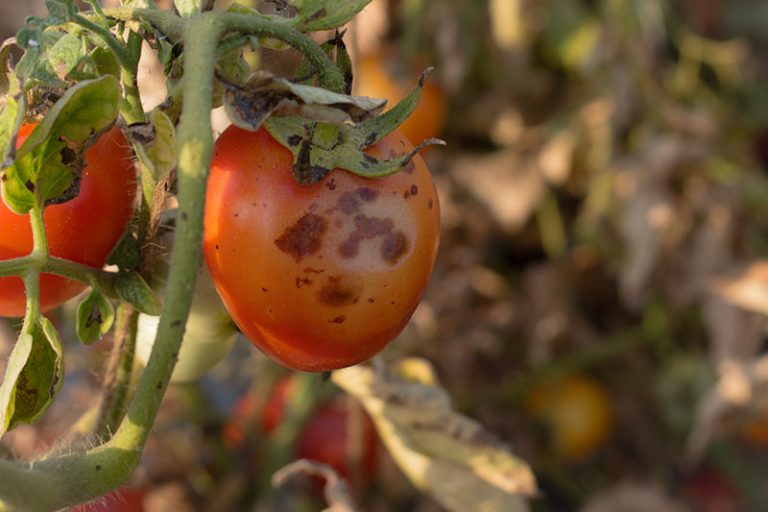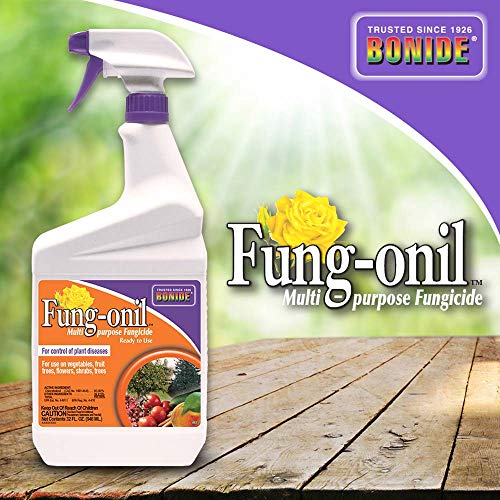

Tomatoes are one of the most vital vegetable crops in the human diet worldwide due to the presence of carotene (a precursor to vitamin A), a variety of vitamins, including vitamin C, ascorbic acid, and lycopene, which is one of the strongest types of natural antioxidants.

Therefore, the ZnO-ZmEO formulation can be recommended as a biofungicide for managing and controlling tomato early blight disease after further research. The highest antifungal effect was related to the ZnO-ZmEO by 53.33%.

multiflora EO and its nanocapsule (ZnO-ZmEO) were compared with the ZnO and chlorothalonil fungicide based on the highest inhibitory of Z. aurantifolia, respectively, and the inhibition of their nanocapsules was 100, 51.32, 55.23, and 26.58%, respectively. At the highest studied concentration, the inhibition of Z. Based on the results, major differences were monitored between different concentrations. The mycelial growth inhibitory (MGI) was performed in the laboratory by mixing with potato dextrose agar (PDA) medium at concentrations of 100, 300, 600, 1,000, 1,500, and 2,000 ppm. The textural features of the prepared nanoparticles were investigated with Brunauer–Emmett–Teller (BET) analysis, and the presence of elements in the samples was studied with energy-dispersive X-ray (EDX) technique. The crystal structure and morphological properties of the fabricated nanomaterials were assessed via X-ray diffraction (XRD) and scanning electron microscope (SEM) analyses. In this study, the inhibitory effects of Zataria multiflora, Nepeta haussknechtii, Artemisia sieberi, and Citrus aurantifolia EOs in pure and Zinc Oxide (ZnO) nanocapsulated formulations were evaluated on the mycelial growth of Alternaria solani to find a suitable alternative for synthetic chemicals. The utilization of plant essential oils (EOs) and nanomaterials due to their safety compared with synthetic chemicals has been considered in the management of plant diseases. 3Department of Plant Sciences, Moghan College of Agriculture and Natural Resources, University of Mohaghegh Ardabili, Ardabil, Iran.2Department of Chemistry, Faculty of Science, University of Mohaghegh Ardabili, Ardabil, Iran.1Department of Plant Protection, Faculty of Agriculture and Natural Resources, University of Mohaghegh Ardabili, Ardabil, Iran.Arezou Akhtari 1 Mahdi Davari 1* Aziz Habibi-Yangjeh 2 Asgar Ebadollahi 3 Solmaz Feizpour 2


 0 kommentar(er)
0 kommentar(er)
